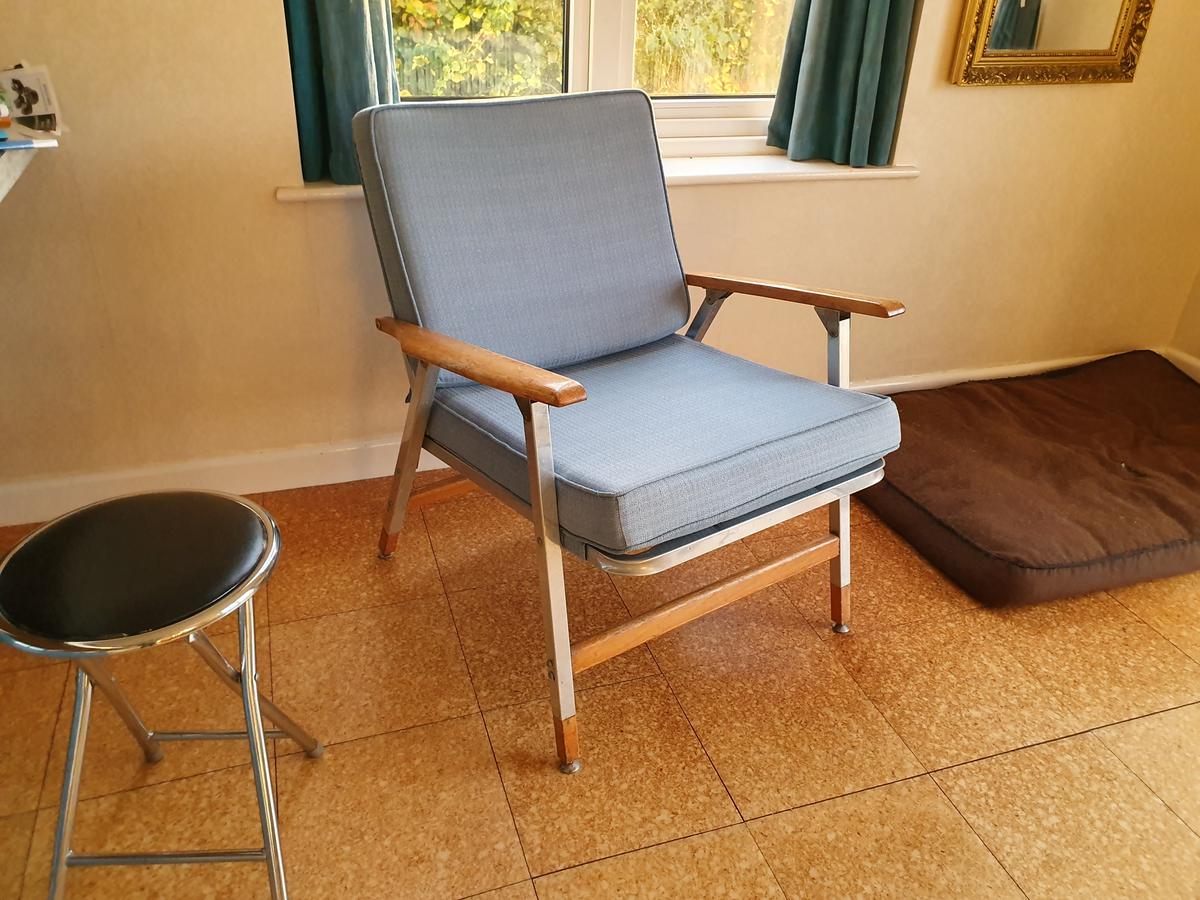Years ago, I had a friend who rented a spacious, airy artist’s loft in lower Manhattan, and paid incredibly cheap rent. But here’s the catch: he lived one floor below a dance studio. And no, they didn’t do ballet or modern dance or anything mild and quiet. This studio specialized in clogging, an incredibly loud Irish dance style that repeatedly pounds those hard heels directly into your auditory canal like a pneumatic jackhammer — hence the low rent. My friend lasted six months in that loft, and he said it was an endurance record.
If you live in a multi-story home or condo, you probably already know how sound can travel vertically from one floor to another, and how incredibly annoying and disturbing it can potentially be.
You may also be remodeling a basement as a living space, with open floor joists above your head. Having said that, you’re probably wondering what’s the best way to stop your home from sounding like a big kettle drum every time someone walks above you.
Quality new home construction uses various kinds of sound absorption and mitigation materials. These include sound-deadening foam underlayments, sound-insulating floor mats, and special anti-sound boards that homebuilders install under new sub-floors. Rather than transmitting sounds from one floor to another, these soundproof flooring technologies make for a quiet, well-damped aural environment.
But what if you have an existing house that transmits noise like my friend’s loft? The easiest fix to floor noise is a good layer of thick padding and carpet. An even better option is to install a sound barrier product under the padding beforehand. If you’re installing new flooring, stay away from the hard plastic or fake-wood products that try to mimic hardwood. They may be affordable, but you’ll get all the noise you paid to prevent.
Soundproofing Your Floors
In many cases, soundproofing floors involve tearing out the floor to apply underlayment, insulation, or mass-loaded vinyl (MLV). The following methods, however, allow you to minimize noise while keeping your floor intact.









comments